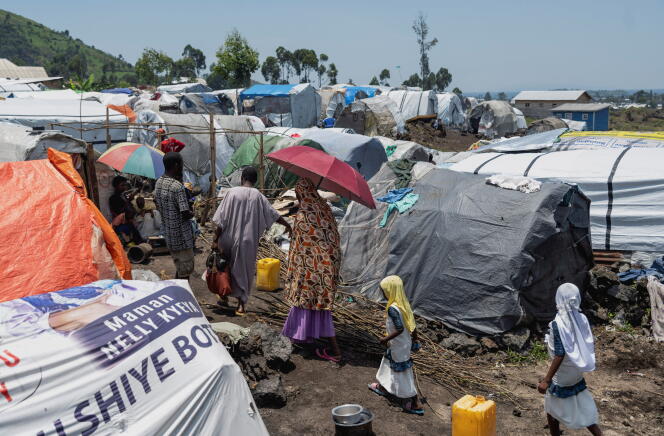


The devastating impact of drought in southern Africa, gang violence in Haiti, the imminent risk of famine in Gaza: It's a compendium of global catastrophes. The number of people threatened by hunger in the world has never been so high. In 2023, 281 million people in 59 countries were facing acute food insecurity, according to the 2024 Global Report on Food Crises, published on Wednesday, April 24, by several international organizations (including UN agencies, the European Union, the US Agency for International Development). This figure is up on 2022 (257 million) in its fifth year running.
"This Global Report on Food Crises is a roll call of human failings," warned UN Secretary-General Antonio Guterres, prefacing the analysis. "In a world of plenty, children are straving to deathm" he added indignantly, in his foreward to the report.
Unlike other international assessments that document chronic food insecurity across the world, the Global Report on Food Crises focuses on regions facing the most extreme outbreaks of hunger – most often following a catastrophe (armed conflict, economic crisis or climatic event) – requiring an emergency response. It bases its findings on a food insecurity classification scale that distinguishes five levels before famine. Over the years, the number of territories and countries studied within this framework has increased. While this evolving perimeter makes year-on-year comparisons more difficult, it also reflects a multiplication of crisis zones, and therefore, ultimately, of the people in emergency situations.
In 2022, 22.5% of the population was threatened by hunger in 58 countries analyzed, compared with 21.5% a year later, on a wider perimeter. "These figures can be difficult to interpret," observed Michael Siegel, director of advocacy at Action Against Hunger. "Looking at prevalence alone, you'd think there'd been a slight improvement, but, as the area covered is wider, it's really an increase in the number of people affected by acute food insecurity."
The year 2023 has been marked by new, unprecedented humanitarian crises. In Gaza, the entire population of 2.2 million is now facing hunger, as a result of the Israeli offensive launched the day after the Hamas terrorist attack on October 7. Half the population there is affected at a catastrophic level. This scale of hunger is unheard of in the 20 years that the classification of food insecurity has been in use. One month after an alarming report was published in mid-March on the explosion of hunger in Gaza, "the conditions necessary to prevent famine – notably the immediate cessation of hostilities – have still not been met," noted Fleur Wouterse, Deputy Director of the Emergencies and Resilience Office of the Food and Agriculture Organization of the United Nations (FAO).
You have 51.66% of this article left to read. The rest is for subscribers only.
